- myFICO® Forums
- Types of Credit
- Credit Cards
- Re: Chances for CLI's while maintining low util re...
- Subscribe to RSS Feed
- Mark Topic as New
- Mark Topic as Read
- Float this Topic for Current User
- Bookmark
- Subscribe
- Mute
- Printer Friendly Page
Chances for CLI's while maintining low util reporting
Is your credit card giving you the perks you want?
Browse credit cards from a variety of issuers to see if there's a better card for you.
- Mark as New
- Bookmark
- Subscribe
- Mute
- Subscribe to RSS Feed
- Permalink
- Report Inappropriate Content
Chances for CLI's while maintining low util reporting
So as I learn more on these boards, I'm a little confused about a few things (aren't we all?).
Ok, so I know I need to keep util down to <9% of my credit limit.
I've heard to just not touch most cards and just show balance of 9 or under on one.
BUT, my question is, I'm also wanting CLI's as I'm in the garden now (have 2 secured WF, Discover and a Plat and QS from Cap1), if I"m increasing or asking to increase limits, wouldn't I need to show that I"m actually USING them and paying them in full?
Or do the cc companies themselves ALSO want to see you use a min on the cards...that's whats confusing.
I have the statement closing dates on all, and I could maneurver purchases to where one falls in between reporting and others are paid by due date (before closing).
Can you help me understand the 'game' a little better to improve not only credit score but obtain cli's as well?
- Mark as New
- Bookmark
- Subscribe
- Mute
- Subscribe to RSS Feed
- Permalink
- Report Inappropriate Content
Re: Chances for CLI's while maintining low util reporting
@Anonymous wrote:So as I learn more on these boards, I'm a little confused about a few things (aren't we all?). Ummm No Lol
Ok, so I know I need to keep util down to <9% of my credit limit. Correct if trying to build scores to apply for more CC's otherwise doesn't matter
I've heard to just not touch most cards and just show balance of 9 or under on one. Who told you this? Not true use them as you see fit just pay them off before statement cuts so you reflect the 9% on one card or lower UTL
BUT, my question is, I'm also wanting CLI's as I'm in the garden now (have 2 secured WF, Discover and a Plat and QS from Cap1), if I"m increasing or asking to increase limits, wouldn't I need to show that I"m actually USING them and paying them in full? Read red section again ....correct
Or do the cc companies themselves ALSO want to see you use a min on the cards...that's whats confusing. Over thinking here
I have the statement closing dates on all, and I could maneurver purchases to where one falls in between reporting and others are paid by due date (before closing).Now you've got the right idea
Can you help me understand the 'game' a little better to improve not only credit score but obtain cli's as well? Clearer now?
Have you done your research of the CC?
Does it fit your spending?
Do you have a plan for the bonus w/o going into debt?
Can you afford the AF?
Do you know the cards benefits? Is it worth the HP?
- Mark as New
- Bookmark
- Subscribe
- Mute
- Subscribe to RSS Feed
- Permalink
- Report Inappropriate Content
Re: Chances for CLI's while maintining low util reporting
@Anonymous wrote:So as I learn more on these boards, I'm a little confused about a few things (aren't we all?).
Ok, so I know I need to keep util down to <9% of my credit limit.
I've heard to just not touch most cards and just show balance of 9 or under on one.
BUT, my question is, I'm also wanting CLI's as I'm in the garden now (have 2 secured WF, Discover and a Plat and QS from Cap1), if I"m increasing or asking to increase limits, wouldn't I need to show that I"m actually USING them and paying them in full?
Or do the cc companies themselves ALSO want to see you use a min on the cards...that's whats confusing.
I have the statement closing dates on all, and I could maneurver purchases to where one falls in between reporting and others are paid by due date (before closing).
Can you help me understand the 'game' a little better to improve not only credit score but obtain cli's as well?
You're conflating 2 separate and distinct concepts:
1. how much you're using for CLI purposes
2. how much you're allowing to report for score purposes
The bank doesn't care how much is reporting; it knows how much you're using the card. So if you want to show your bank usage, use the card a lot and pay it down a lot before the statement cuts.
E.g., if you had a 2k limit, made 4k worth of purchases, and 3800 worth of payments, during the month, you'd be reporting only $200, or 10%, for utilization purposes, but the bank would see all that usage. Some banks might even give you an auto CLI when they see that kind of action.

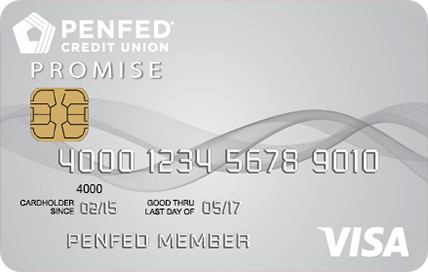



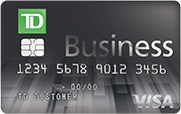
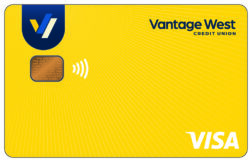
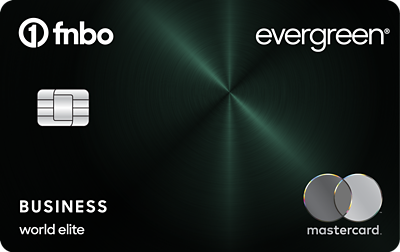
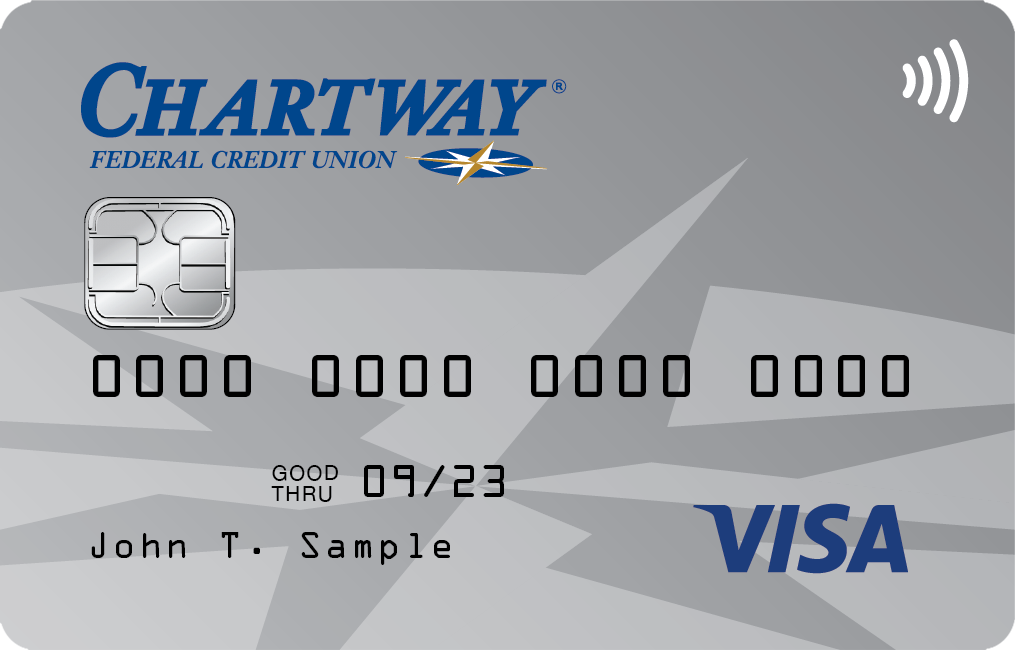


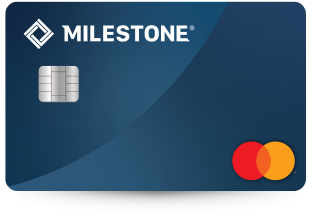
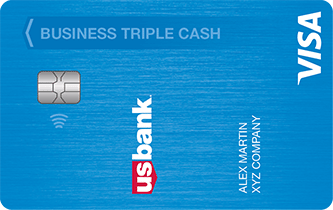

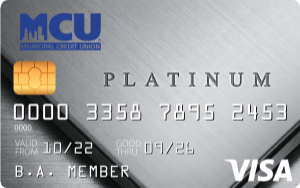
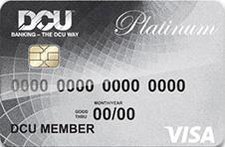
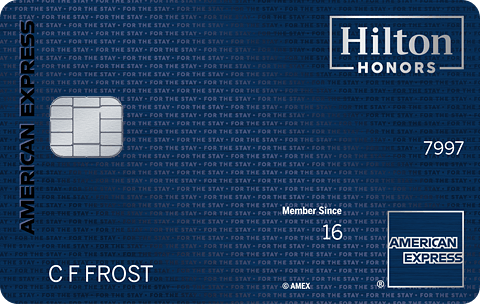
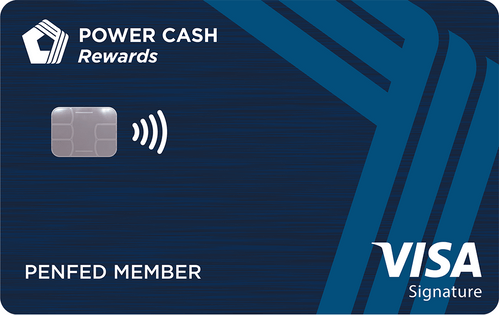
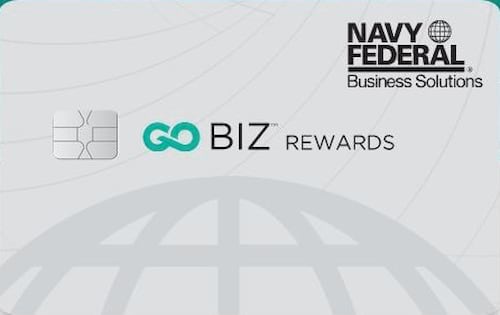
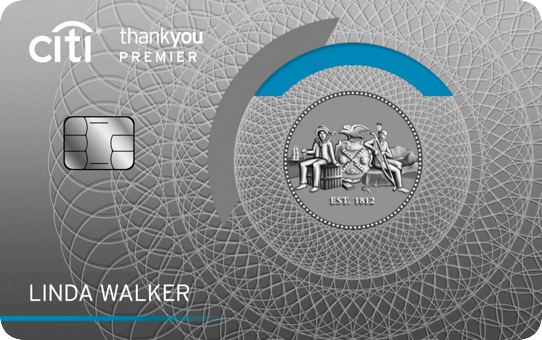
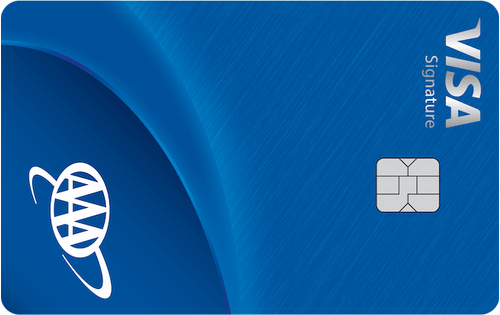
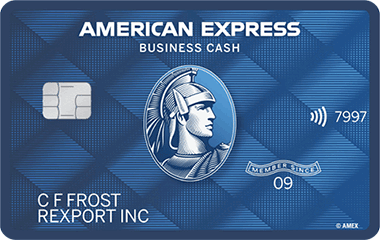
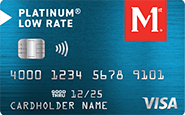
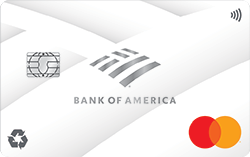


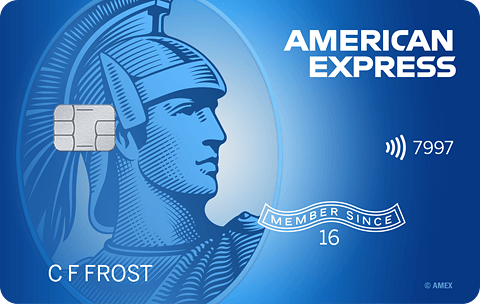
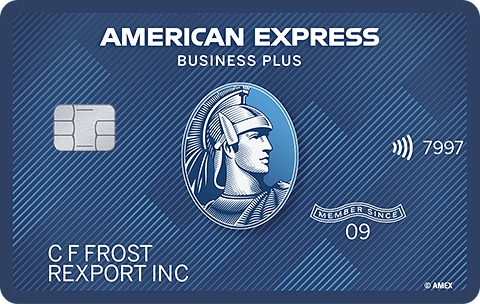



Total revolving limits 568220 (504020 reporting) FICO 8: EQ 689 TU 691 EX 682
- Mark as New
- Bookmark
- Subscribe
- Mute
- Subscribe to RSS Feed
- Permalink
- Report Inappropriate Content
Re: Chances for CLI's while maintining low util reporting
I'm sorry but who told you this? has me cracking up ![]()
![]()
6-7-16: EQ 683 EX 713 TU 715
10-12-16 EQ 685 EX 706 TU 702 12-19-16 EQ 683 EX 704 TU 701 and CHILLING ON ICE...BRRRRR!
In the garden as of 6-7-16, I've been really really BADDDDD
- Mark as New
- Bookmark
- Subscribe
- Mute
- Subscribe to RSS Feed
- Permalink
- Report Inappropriate Content
Re: Chances for CLI's while maintining low util reporting
@DoroLucky wrote:I'm sorry but who told you this? has me cracking up
Go away Lol ![]()
![]()
Have you done your research of the CC?
Does it fit your spending?
Do you have a plan for the bonus w/o going into debt?
Can you afford the AF?
Do you know the cards benefits? Is it worth the HP?
- Mark as New
- Bookmark
- Subscribe
- Mute
- Subscribe to RSS Feed
- Permalink
- Report Inappropriate Content
Re: Chances for CLI's while maintining low util reporting
Sorry OverIt
6-7-16: EQ 683 EX 713 TU 715
10-12-16 EQ 685 EX 706 TU 702 12-19-16 EQ 683 EX 704 TU 701 and CHILLING ON ICE...BRRRRR!
In the garden as of 6-7-16, I've been really really BADDDDD
- Mark as New
- Bookmark
- Subscribe
- Mute
- Subscribe to RSS Feed
- Permalink
- Report Inappropriate Content
Re: Chances for CLI's while maintining low util reporting
@DoroLucky wrote:
Matter of fact, I'm over your entire response LOL 😂😂
Sorry OverIt
DoroLucky
You're alright with me and fit right in with us ....Kudo
Have you done your research of the CC?
Does it fit your spending?
Do you have a plan for the bonus w/o going into debt?
Can you afford the AF?
Do you know the cards benefits? Is it worth the HP?
- Mark as New
- Bookmark
- Subscribe
- Mute
- Subscribe to RSS Feed
- Permalink
- Report Inappropriate Content
Re: Chances for CLI's while maintining low util reporting
6-7-16: EQ 683 EX 713 TU 715
10-12-16 EQ 685 EX 706 TU 702 12-19-16 EQ 683 EX 704 TU 701 and CHILLING ON ICE...BRRRRR!
In the garden as of 6-7-16, I've been really really BADDDDD
- Mark as New
- Bookmark
- Subscribe
- Mute
- Subscribe to RSS Feed
- Permalink
- Report Inappropriate Content
Re: Chances for CLI's while maintining low util reporting
@Anonymous wrote:
BUT, my question is, I'm also wanting CLI's as I'm in the garden now (have 2 secured WF, Discover and a Plat and QS from Cap1), if I"m increasing or asking to increase limits, wouldn't I need to show that I"m actually USING them and paying them in full?
Usage is a popular meme, but no.
This only covers FICO scoring but these are the factors that matter for FICO:
http://www.myfico.com/crediteducation/whatsinyourscore.aspx
From a FICO scoring perspective you want your reported Revolving Utilization as low as possible since it has a signiifcant impact and falls under Amounts Owed. Creditors also look at your revolving utilization not just for scoring purposes but as a risk factor.
On top of FICO scoring there's the creditor/product's specific underwriting criteria but we don't have access to such information so all you can really do is ensure that your credit profile and your scores are in the best shape possible.
Creditors will use your entire credit profile and your income to determine the limits and CLI's that you qualify for. It's not just about the account itself that you hold with the creditor or how much you spend on the account. The shape of all your other accounts and what ends up on your reports for those accounts matters as well. Your creditors routinely SP you and will use the data in your report.
I've very recently had cards, some with no usage at all and some with little usage, that have received large (5 digit) CLI's. Do not rely solely on usage depsite the popularity of the meme. It may help to some small degree in some cases but the primary consideration will always be your credit profile and income. Usage will not overrule those considerations.
@Anonymous wrote:Ok, so I know I need to keep util down to <9% of my credit limit.
You don't have to do so all the time. The general advice is do not exceed 30%. If you need to for a short time period that probably won't be an issue (it's prolonged high utilization that can lead to adverse action) but you should generally aim to keep it under 30%. That said, 30% is far from ideal and lower is generally better. When applying for new credit, requesting CLI's or doing anything where your credit profile is considered then you may want to have your revolving utilization as low as possible to eke out additional points.
Your revolving utilization is determined based on the limits and balances currently in your reports. Your prior revolving utilization does not matter. You can drop your revolving utilization if needed/desired when you get to a point where your credit profile will be reviewed. There are some who choose to constantly micromanage their revolving utilization to keep it low at all times but that is not necessary. I happen to have limits and spend that keep me at about 3% currently without micromanagement but if that was not the case I'd only drop it when apping, requesting CLI's etc and I'd use a monitoring service to verify what's in my reports prior to making the requests.
@Anonymous wrote:Or do the cc companies themselves ALSO want to see you use a min on the cards...that's whats confusing.
Creditors are not all identical. They all have their own underwriting criteria and that criteria can and does vary by product as well. Usage seems to play a part more with some creditors than others but with all creditors credit profile and income are the primary considerations. If you want CLI's then keep identifying and working on the issues with your credit profile.
@Anonymous wrote:I've heard to just not touch most cards and just show balance of 9 or under on one.
Work on understanding the why behind statements versus memorizing specifics like this. It's like the difference between following a recipe versus knowing how to cook. If you memorize a recipe you only know how to make that one recipe. Learn to cook and you'll have a better understanding of what's going on and be able to do much more with a better understanding of what's going on.
Revolving utilization plays a significant part which is why it is discussed so much. You can see the scoring impact as your revolving utilization drops. You can also see the impact on your creditors as it drops though there isn't a handy metric like a FICO score to refer to. You have to look at limits, APR's and other such attributes of an account so it is a bit trickier to assess.
Number of reported balances also plays a role with revolving accounts though to a smaller degree. The general suggestion for those looking to eke out as many points as possible is to allow only one balance to report. However, I recommend monitoring your scores to see the scoring benefit for your profile. I've had most of my 13 cards report balances and my FICO 8's were over 800. Sure, I could get more points by having fewer balances report but it wasn't worth the hassle to me and I actually qualfiied for best terms with Chase Mortgage under those conditions.
- Mark as New
- Bookmark
- Subscribe
- Mute
- Subscribe to RSS Feed
- Permalink
- Report Inappropriate Content